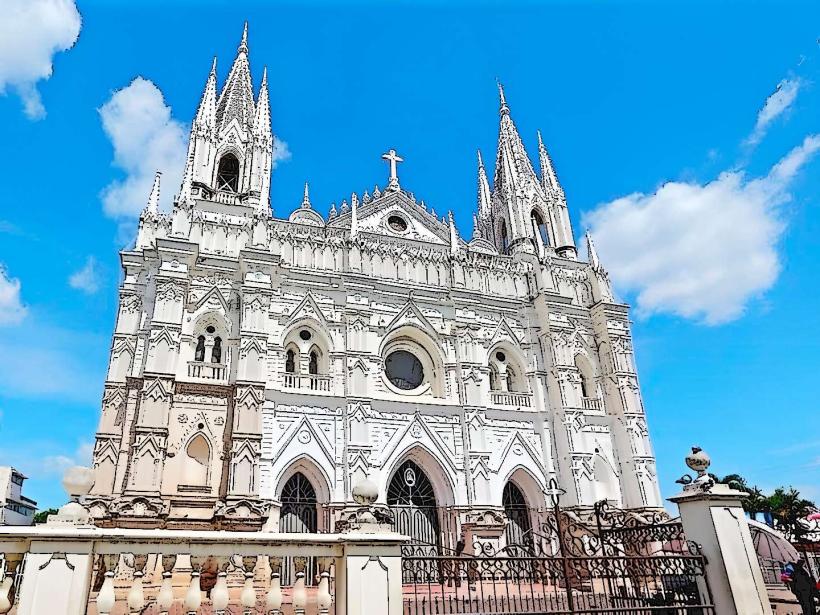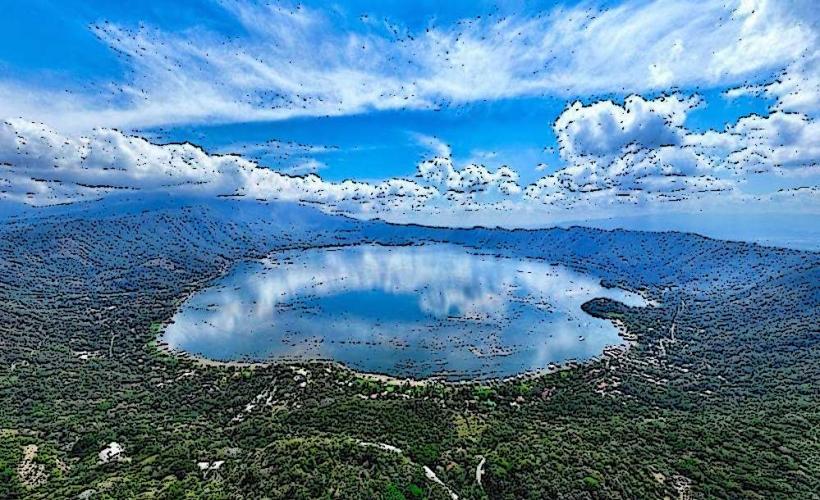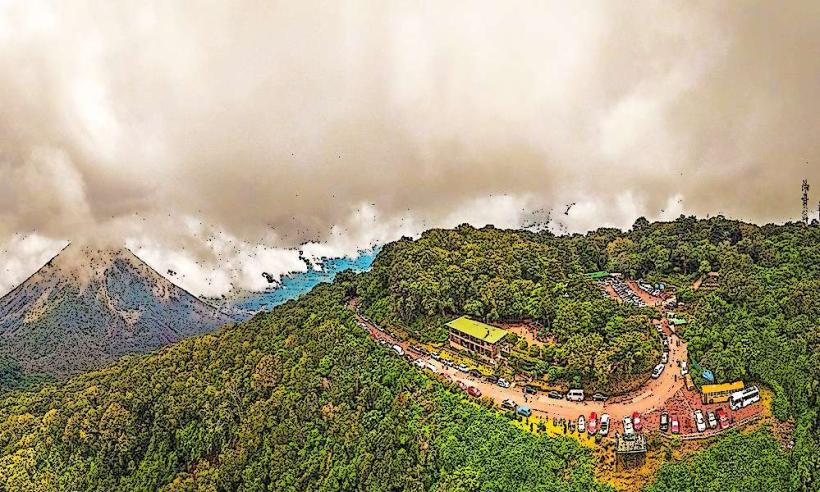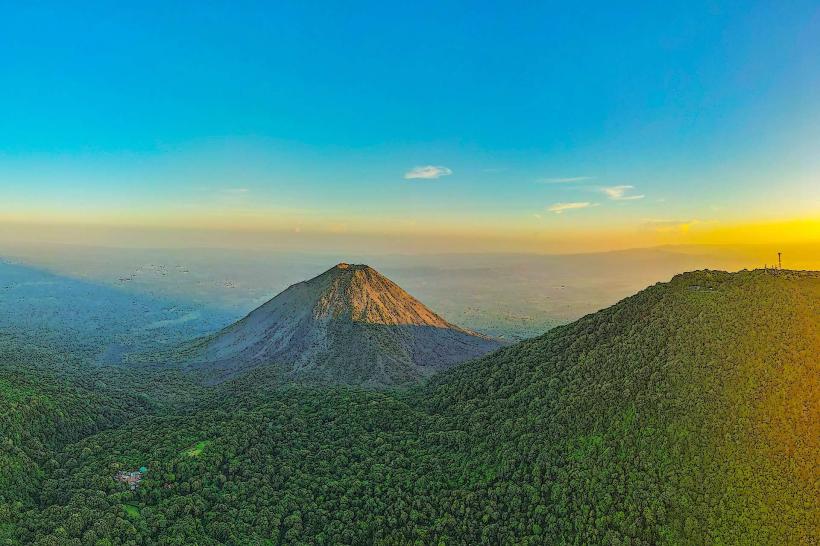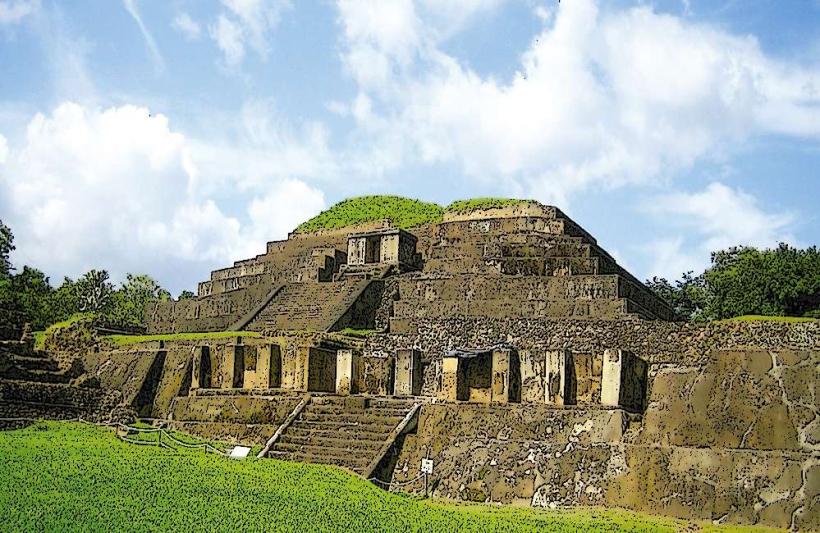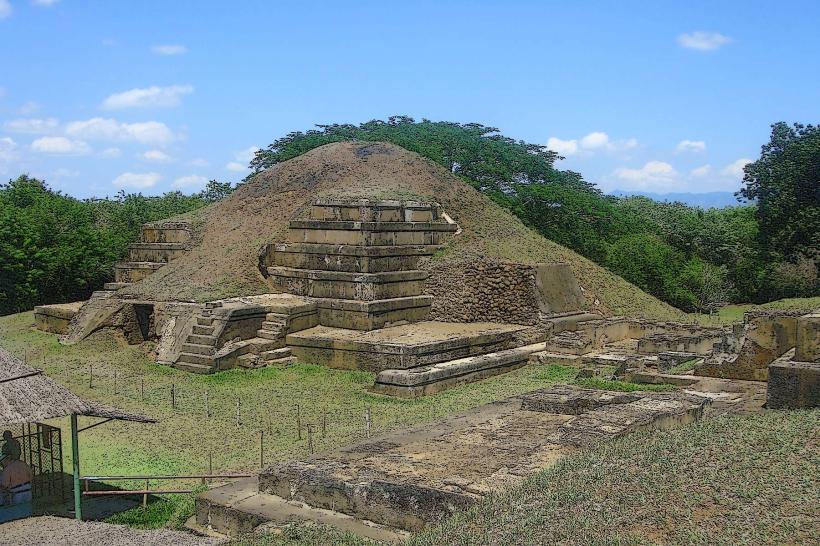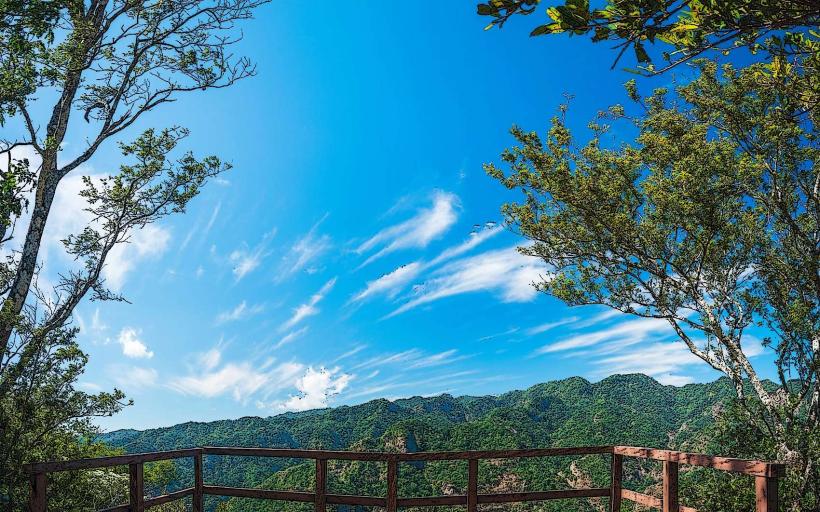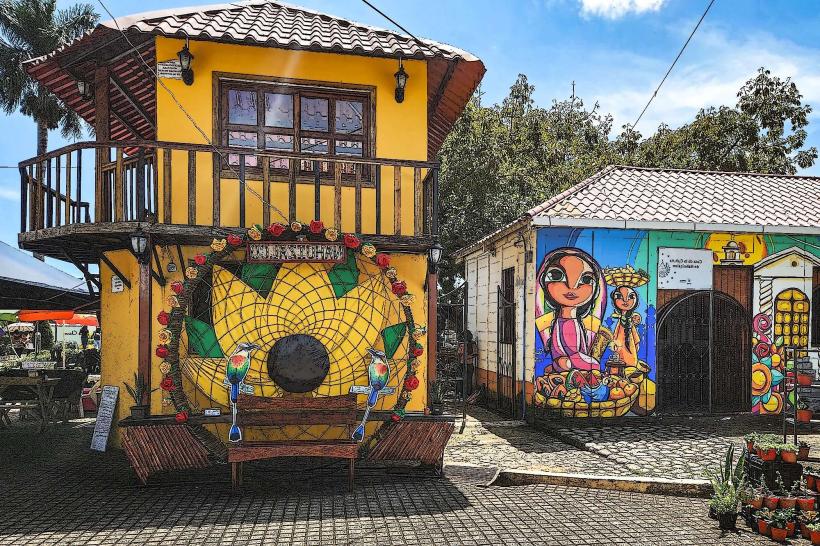Information
Landmark: Casa Blanca RuinsCity: Santa Ana
Country: El Salvador
Continent: North America
Casa Blanca Ruins – A Glimpse into El Salvador's Pre-Columbian Past
The Casa Blanca Ruins are an important archaeological site located in the Joya de Cerén Archaeological Park in San Vicente, El Salvador. The site is significant for offering insights into the early Maya civilization, and it is best known for its preservation of domestic life and everyday activities of the ancient inhabitants. The ruins date back to the Late Preclassic period (around 1000 BC to 250 AD) and are considered one of the most important Maya sites in El Salvador, offering a rare glimpse into the lives of the Maya people before the rise of their great cities.
Historical Context and Discovery
1. Origins and Significance
- The Casa Blanca Ruins are believed to have been an important settlement for the Maya people during the Late Preclassic period, which was characterized by the emergence of large, organized communities and the development of agriculture and trade networks.
- Unlike other Maya cities that focused on monumental architecture, the Casa Blanca site provides a unique look into the daily lives of its inhabitants, offering more information about their domestic activities, rituals, and social structure.
2. Discovery
- The Casa Blanca site was discovered in the 1970s when construction workers encountered large stone structures and ceramic fragments. Excavations revealed a well-preserved settlement that was inhabited long before the more famous Maya cities such as Tikal and Copán.
- Excavations have been ongoing, revealing more about the people who lived in this region and their culture.
Main Features of the Casa Blanca Ruins
1. Residential Structures
- One of the most striking features of the Casa Blanca Ruins is its domestic architecture. The site consists of several small, circular and rectangular houses, many of which were constructed with stone foundations and walls made from adobe.
- The houses were arranged in a community layout, indicating an organized settlement with social and functional divisions.
- Some of these structures appear to have served multiple purposes, including living spaces, storage areas, and perhaps ritualistic functions.
2. The Plaza and Courtyards
- The site includes a central plaza, which was likely used for communal activities, gatherings, and perhaps ritual ceremonies.
- Surrounding the plaza are various courtyards, which were probably used for agricultural production, such as corn and cacao cultivation, as well as socializing.
- The layout of the site shows how the Maya people organized their living spaces to cater to both practical needs and cultural practices.
3. Artifacts and Ceramics
- Excavations at Casa Blanca have yielded a wealth of artifacts that provide a snapshot of the material culture of the early Maya. Among these are ceramics, tools, figurines, and jewelry.
- The ceramic artifacts found at the site are of particular interest because they are some of the oldest examples of Maya pottery, showcasing the intricate craftsmanship and aesthetic preferences of the time.
- Carved stone objects and jade beads have also been found, suggesting that trade and cultural exchange played a role in the daily lives of the people.
4. Evidence of Agriculture
- The Casa Blanca site contains evidence of agricultural activity, including the remains of corn and cacao beans. These were two essential crops for the Maya, both for sustenance and for use in ceremonies.
- The presence of grinding stones and other agricultural tools indicates that the community was highly skilled in farming, with a focus on sustainable practices.
Cultural and Ceremonial Role
1. The Role of Casa Blanca in Early Maya Society
- Casa Blanca represents an early Maya village where the focus was on agriculture, domestic life, and local trade. While it may not have had the grandeur of later Maya cities, it was still a significant cultural center for the people of the region.
- The site reveals that the Maya civilization did not emerge suddenly with the rise of monumental cities like Tikal or Palenque, but rather evolved over time through a combination of agricultural development, social organization, and cultural practices.
2. Rituals and Religion
- Although Casa Blanca was primarily a domestic settlement, evidence suggests that rituals were an important part of the community's cultural practices. The presence of altars and offerings indicates that the Maya practiced ceremonial activities in conjunction with their everyday life.
- The Maya believed in a complex pantheon of gods and spirits, and rituals were often conducted to ensure fertility, good harvests, and protection. It is likely that some of the structures at Casa Blanca were used for ceremonial purposes.
Visiting the Casa Blanca Ruins
1. Location
- The Casa Blanca Ruins are located in the San Vicente Department, near the Joya de Cerén Archaeological Park, which is about 25 kilometers (15 miles) from the city of San Vicente.
- The site is part of the Joya de Cerén UNESCO World Heritage Site, a much larger and more famous archaeological area, and can be visited together with the Joya de Cerén ruins to get a fuller picture of the region's pre-Columbian history.
2. Admission and Hours
- The admission fee to visit the Casa Blanca Ruins is generally affordable, with discounts for students and locals.
- The site is typically open from 8:00 AM to 4:00 PM, with guided tours available for a more informative visit.
3. Educational Facilities
- A visitor center at the Casa Blanca Ruins offers informative displays and exhibits about the history of the site, including the Maya civilization and the artifacts discovered there.
- Archaeological experts and guides are available to provide a more in-depth explanation of the ruins and their significance in the broader context of Maya history.
Conclusion
The Casa Blanca Ruins offer a fascinating glimpse into the early Maya civilization in El Salvador. The site’s preserved residential structures, ceramic artifacts, and evidence of agriculture give us a better understanding of the daily lives of the Maya people during the Late Preclassic period. It is a unique and essential stop for anyone interested in exploring the history and cultural evolution of El Salvador and the wider Mesoamerican world.

